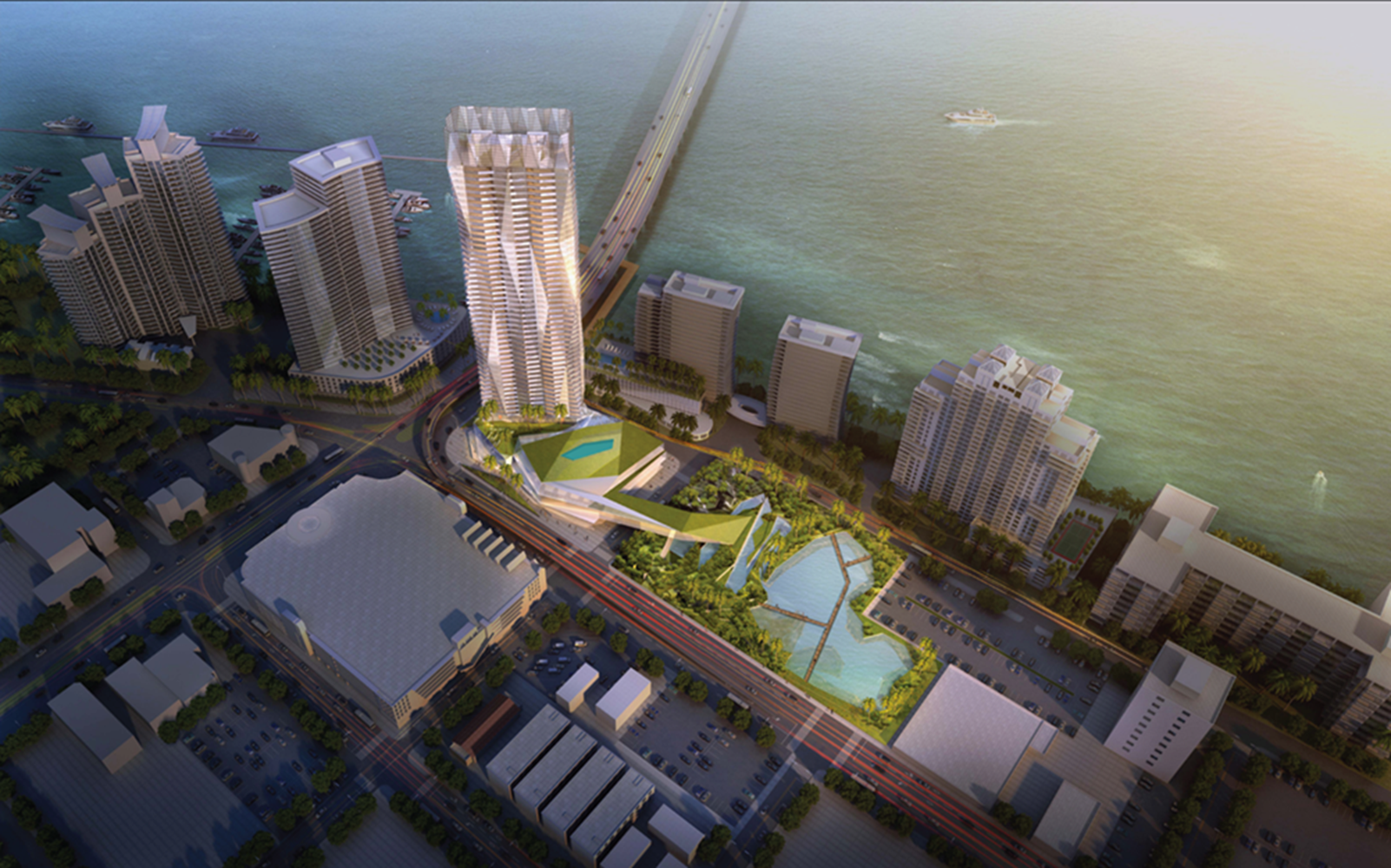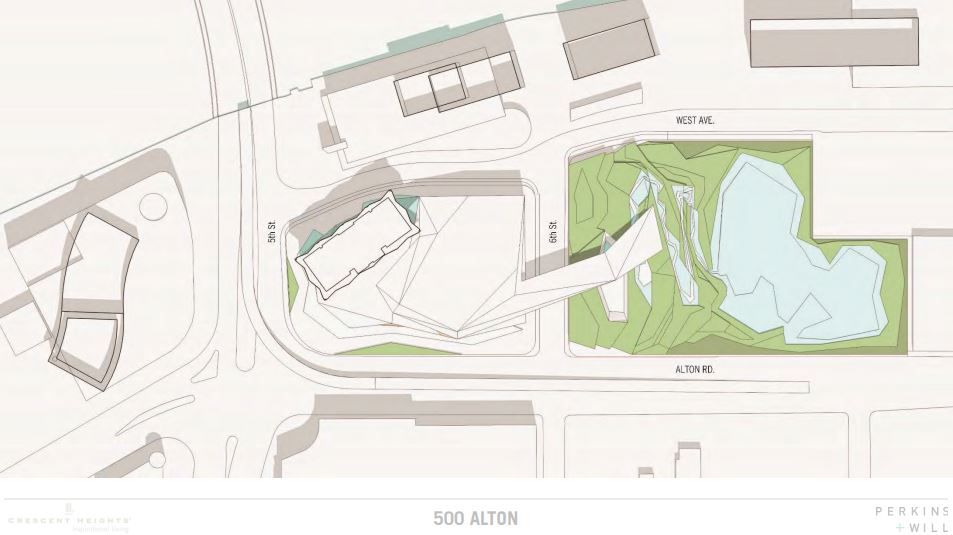Below is the vision that Russell Galbut & Crescent Heights is envisioning for their project at 500-600-700 Alton Road. It is unusual for anyone to assemble this amount of commmercially viable property in any city, let alone Miami Beach (South Beach). There is an approved project that follows all of the existing zoning that takes up all three blocks with a dense ensemble of rental units. That project has been approved as of a few years back, but the Developer (Russell Galbut) is proposing an alternative:
Crescent Heights has decided to take a more visionary approach: the idea is as follows: WITHOUT adding any additional FAR, he would build instead a slim tower on the 500 Block that was designed to not block ANY views from the ICON South Beach condo building, the BENTLEY BAY or the FLORIDIAN, and transform the current site of former 7-Eleven building, parking lot & the South Shore Hospital shell (which is an eyesore) is the current gateway to South Beach via 5th Street. By concentrating the FAR in only one block, Crescent Heights is proposing to GIVE BACK to the community the entire 600 and 700 Blocks & turn them into a park.
The Developer is planning to use a landscaping design & technology that Landscape Architect Justine Velez worked on years ago (along with another firm), and hasbeen used successfully in Mill Creek Park in Mill Race Park in Columbus, Indiana. (see below) Just as in Miami Beach, Mill Race Park is located at the confluence of water elements, and much of the parkland is an active floodplain. Foremost among the constraints of the Mill Race site was the issue of annual flooding. Rather than attempt to prevent or shut out the regular flood waters, the design explores numerous ways to integrate this natural annual rhythm into the use and experience of the site.
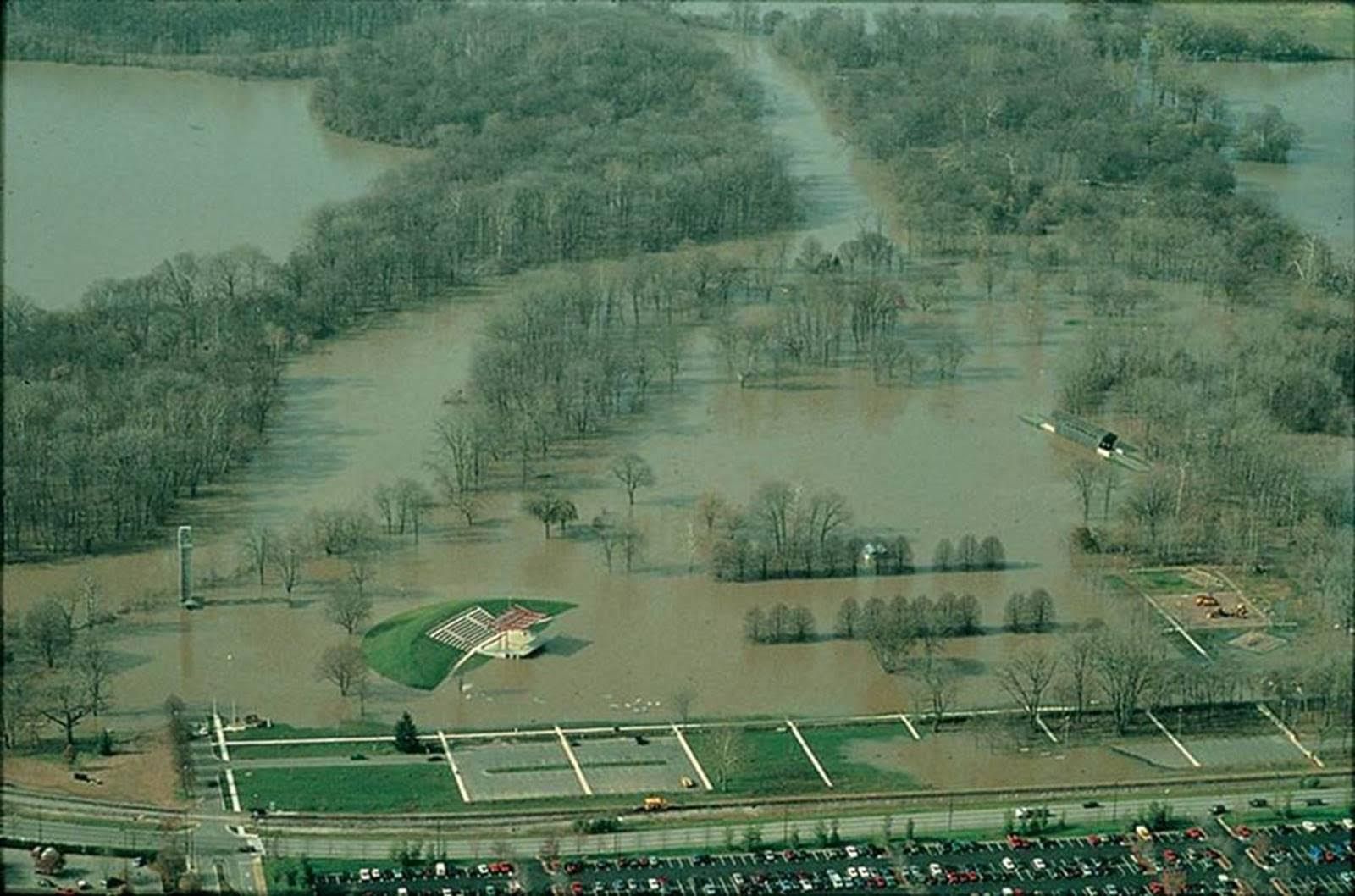
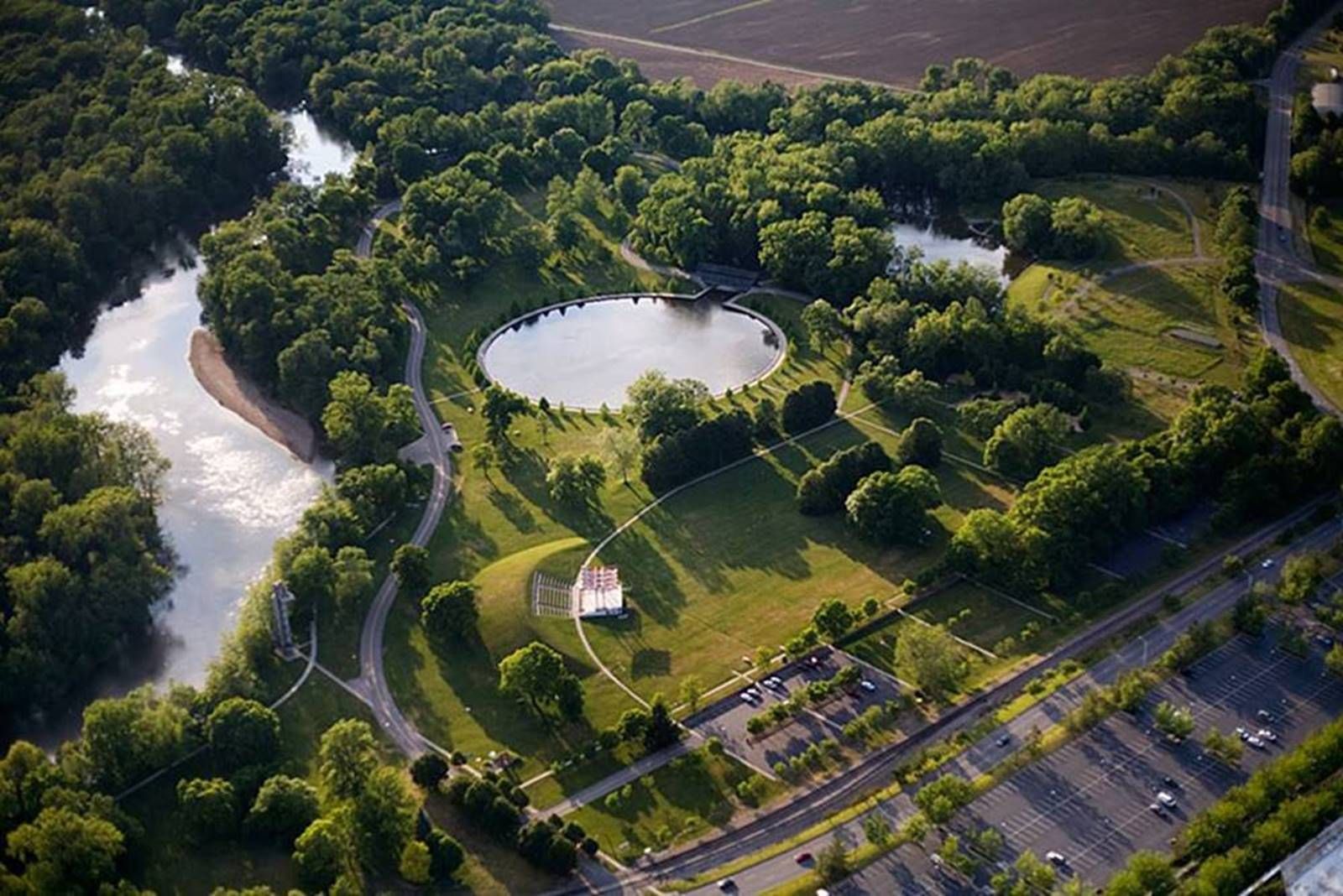
The overall affordability and durability of the site materials reflect an intentional efficiency of materials in both the construction and the maintenance of the park. The fill generated in the excavation of Round Lake was used to build an earthen amphitheater as well as the berms around the basketball court. Many of the paved surfaces use reinforced concrete instead of asphalt, which can be peeled up by floods. The steel and glass block restroom walls are raised to allow flood waters to flow through; the playground is elevated on a wide earth platform; the amphitheater stage is nestled into the protected higher ground of the crescent landform.
Plantings include mostly hardy native species, including grasses that can weather drought and trees that can withstand saturated soils. Crescent Heights has informed that the SW corner of Miami Beach is the lowest point of the island, and often times floods when we experience heavy rainstorms. The pumps that have been installed are only a partial stop-gap (and have so far caused significant sewage drain into Biscayne Bay). Crescent Heights is proposing to design a park where ALL of the water would flow to, and without relying on artificial means, where water would gradually and naturally be absorbed into the aquifer after it has been recycled and cleaned.
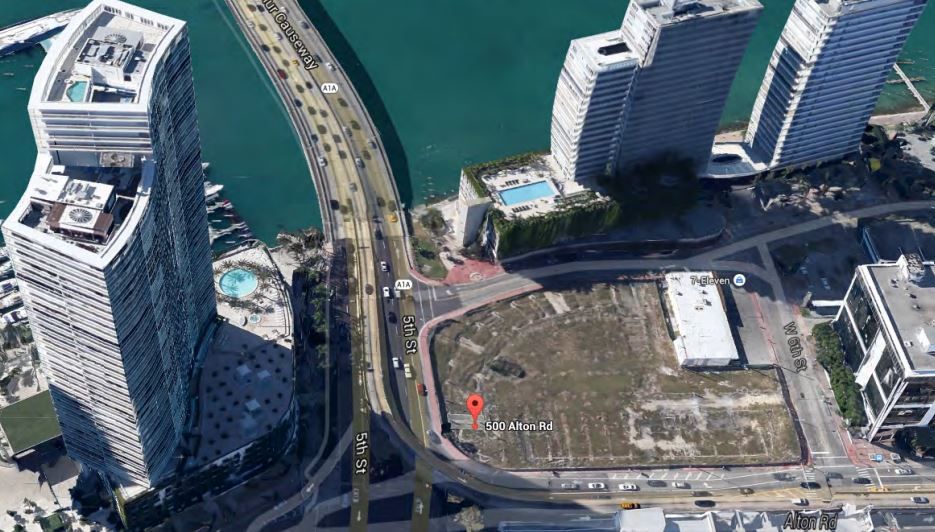
The recent impact of Hurricane Irma, along with the reality of global warming and water rise cannot be denied. I personally believe this to be an innovative and creative approach to addressing the issue of flooding and rising sea levels at the prominent entrance to Miami Beach. I'm sure there will be pockets of resistance to the proposed height of the tower. However, given the potential benefits to the city & community of having a large public space (in a prime location) it's a debate/ discussion well worth having.
In my opinion, the potential enhancement in value to the surrounding neighborhood / condo buildings justifies a building height compromise. This is potentially the "heighest and best use" of the 500 - 700 Blocks along Alton Road.
